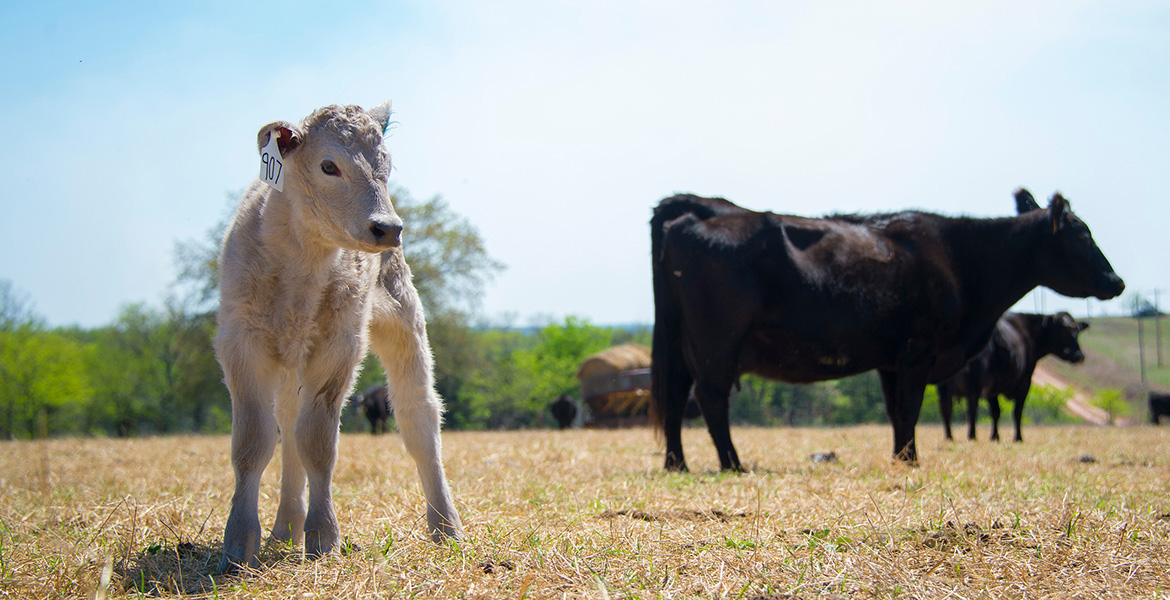
OSU survey targets key elements of beef cattle production
Friday, August 7, 2020
Oklahoma beef cow-calf operators, veterinarians and feedlot operators are urged to take part in an online Oklahoma State University survey focusing on the impact of calving date from time management, economic and animal health standpoints.
“We are integrating information from producers, veterinarians and feedlot operators to get the full picture, which will be helpful information for our beef producers across the state,” said Courtney Bir, OSU Extension agricultural economist and research team member.
The three online surveys – for beef producers, veterinarians and feedlot operators – will be available to potential participants through Sept. 30. Respondents must be 18 years of age or older. Participation is voluntary and responses will be kept anonymous.
Each survey typically takes about 10 minutes to complete, said Amanda Upton, graduate research assistant in the OSU Department of Agricultural Economics.
“The number of questions asked of a participant will vary, according to specific responses,” she said. “The survey design automatically uses responses to categorize who is answering and filter participants to subsequent questions based on their profession.”
Beef cattle are the most profitable agricultural industry in Oklahoma. The OSU researchers said it is important producers continue to advance their operations to stay on the cutting edge of best management practices, and knowledge gained through research is key to that ongoing effort.
Research conducted under the auspices of OSU’s Division of Agricultural Sciences and Natural Resources focuses on real-world issues in accordance with the university’s land-grant mission, said Cheryl DeVuyst, head of the Department of Agricultural Economics.
“Such research not only strengthens affected individuals and industries and the overall state economy, it also helps us train the next generation of researchers who will be so vital in helping people solve issues and concerns of importance to them, their families and their communities,” DeVuyst said. “We have a saying in the division: We measure our successes by how we help others to succeed.”
MEDIA CONTACT: Donald Stotts | Agricultural Communications Services | 405-744-4079 | donald.stotts@okstate.edu
